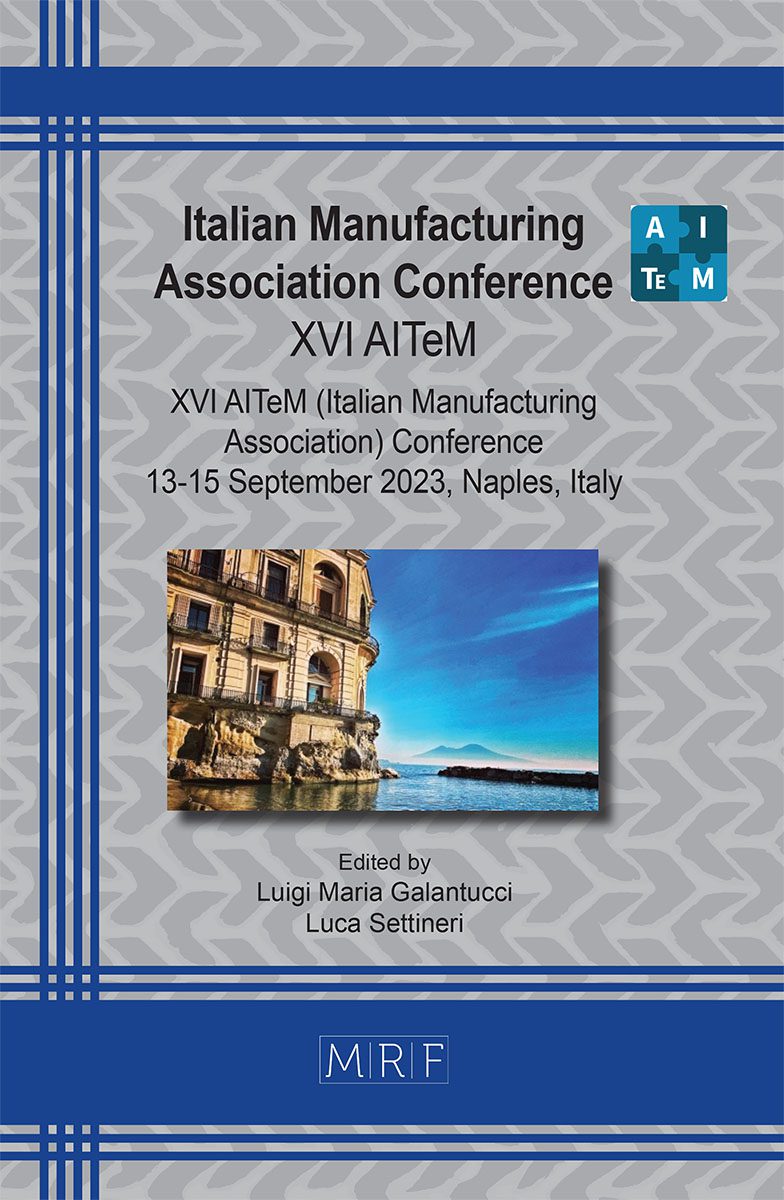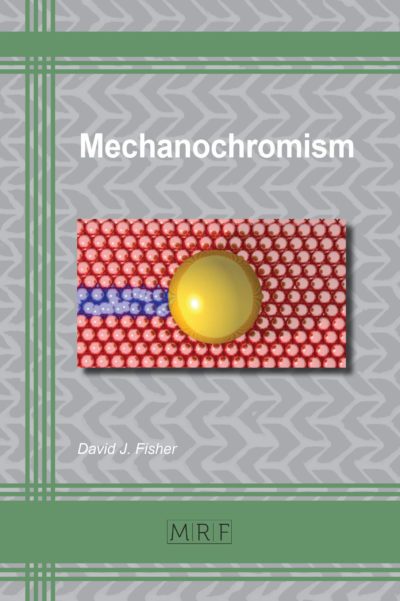PET foaming: development of a new class of rheological additives for improved processability
Clizia Aversa, Massimiliano Barletta, Annalisa Genovesi, Annamaria Gisario
download PDFAbstract. Polymer foaming is a process broadly used for manufacturing light weight packaging solutions. Polystyrene (PS) is the most widespread material for this application, as it combines easy processability, low cost and high performance of the resulting items. However, foamed PS is difficult to recycle and highly polluting for the oceans and aquatic environment. Polyethylene terephthalate (PET) is, instead, commonly recycled and R-PET is broadly used for several industrial applications. Yet, PET quickly loses viscosity during the foaming process, due to thermo-hydrolytic and oxidative degradation thus causing poor foaming. In this paper, an innovative combination of chain extenders, anti-oxidants and nucleating agents to modify PET rheology is studied. The additives were experimented both in off-line and in-line apparatus. The experimental results show PET rheology can be customized by appropriately modulating the content of the different additives, thus making PET suitable for foaming process of high-quality items.
Keywords
Polymers, Extrusion, Foaming
Published online 9/5/2023, 9 pages
Copyright © 2023 by the author(s)
Published under license by Materials Research Forum LLC., Millersville PA, USA
Citation: Clizia Aversa, Massimiliano Barletta, Annalisa Genovesi, Annamaria Gisario, PET foaming: development of a new class of rheological additives for improved processability, Materials Research Proceedings, Vol. 35, pp 376-384, 2023
DOI: https://doi.org/10.21741/9781644902714-45
The article was published as article 45 of the book Italian Manufacturing Association Conference
![]() Content from this work may be used under the terms of the Creative Commons Attribution 3.0 license. Any further distribution of this work must maintain attribution to the author(s) and the title of the work, journal citation and DOI.
Content from this work may be used under the terms of the Creative Commons Attribution 3.0 license. Any further distribution of this work must maintain attribution to the author(s) and the title of the work, journal citation and DOI.
References
[1] W. Loyens, G. Groeninckx, Macromol. Chem. Phys. 203 (2002) 1702-1714. https://doi.org/10.1002/1521-3935(200207)203:10/11<1702::AID-MACP1702>3.0.CO;2-6
[2] M.-B. Coltelli, S. Bianchi, M. Aglietto, Polymer 48 (2007) 1276-1286. https://doi.org/10.1016/j.polymer.2006.12.043
[3] M. Aglietto, M.-B. Coltelli, S. Savi, F. Lochiatto, F. Ciardelli, M. Giani, J. Mater, Cycles Waste Manage. 6 (2004) 13-19. https://doi.org/10.1007/s10163-003-0100-z
[4] M.-B. Coltelli, Polym. Degrad. Stabil. 90 (2005) 211-223. https://doi.org/10.1016/j.polymdegradstab.2005.03.016
[5] M.-B. Coltelli, M. Aglietto, F. Ciardelli, Eur. Polym. J. 44 (2008) 1512-1524. https://doi.org/10.1016/j.eurpolymj.2008.02.007
[6] M.-B. Coltelli, S. Bianchi, S. Savi, V. Liuzzo, M. Aglietto, Macromol. Symp. 204 (2003) 227-236. https://doi.org/10.1002/masy.200351419
[7] M.-B. Coltelli, S. Savi, Macromol. Mater. Eng. 289 (2004) 400-412 https://doi.org/10.1002/mame.200300297
[8] N. Cardi, R. Pò, G. Giannotta, E. Occhiello, F. Garbassi, G. Messina, J. Appl. Polym. Sci. 50 (1993) 1501-1509. [9] G.P. Karayannidis, E.A. Psalida, J. Appl. Polym. Sci. 77 (2000) 2206-2211. https://doi.org/10.1002/1097-4628(20000906)77:10<2206::AID-APP14>3.0.CO;2-D
[10] L. Incarnato, P. Scarfato, L. Di Maio, D. Acierno, Polymer 41 (2000) 6825-6831. https://doi.org/10.1016/S0032-3861(00)00032-X
[11] B. Jacques, J. Devaux, R. Legras, E. Nield, Polymer 37 (1996) 1189-1200. https://doi.org/10.1016/0032-3861(96)80846-9
[12] F.N. Cavalcanti, E.T. Teòfilo, M.S. Rabello, S.M.L. Silva, Polym. Eng. Sci. 47 (2007) 2155-2163. https://doi.org/10.1002/pen.20912
[13] C.R. Nascimento, C. Azuma, R. Bretas, M. Farah, M.L. Dias, J. Appl. Polym. Sci. 115 (2010) 3177-3188. https://doi.org/10.1002/app.31400
[14] S. Japon, Y. Leterrier, J.-A.E. Manson, Polymer 41 (2000) 5809-5818. https://doi.org/10.1016/S0032-3861(99)00768-5
[15] M. Xanthos, M.-W. Young, G.P. Karayannidis, D.N. Bikiaris, Polym. Eng. Sci. 41 (2001) 643-655. https://doi.org/10.1002/pen.10760
[16] Y. Zhang, W. Guo, H. Zhang, C. Wu, Polym. Degrad. Stabil. 94 (2009) 1135- 1141. https://doi.org/10.1016/j.polymdegradstab.2009.03.010
[17] J. P. Leslie, C. A. Lane, R. P. Grant, Melt strength improvement of PET, (US Patent US4,145,466 (1979 ))
[18] Li, Jie, Gräter Horst, Chain-extenders and foamed thermoplastic cellular materials obtained by reactive extrusion process and with help of said chain-extenders, (EU Patent EP 2 163 577 B1 (2012))
[19] Phobos N.V., et al., Verfahren zur kontinuierlichen Herstellung von hochmolekularen Polyester-Harzen (EU Patent EP0422282 (1995))
[20] Al Ghatta, H., T. Severini, L.Astarita, Foamed cellular polyester resins and process for their preparation, (Worldwide patent WO9312164 (1992)
[21] Al Ghatta, H., T. Severini, L.Astarita, Geschäumte zellhaltige Polyesterharze und Verfahren zu ihrer Herstellung (European Patent, EP0866089 (1992))
[22] Sublett, B.J., Preparation of branched polyethylene terephthalate (Worldwide Patent WO9502623 (1993))
[23] K.C. Khemani, J. W. Mercer, Richard L.Mcconnell, Concentrates for improving polyester compositions and method of making same (Worldwide Patent WO9509884 (1994))
[24] T. M. Cheung, C. L. Dabis, J. E. Prince, Light weight polyester article (European Patent EP 0390 723 (1990))
[25] P. Raffa; M.-B. Coltelli; S. Savi; S. Bianchi; V. Castelvetro. Chain extension and branching of poly(ethylene terephthalate) (PET) with di- and multifunctional epoxy or isocyanate additives: An experimental and modelling study, Reactive & Functional Polymers, 72(1), (2012) 50-60. https://doi.org/10.1016/j.reactfunctpolym.2011.10.007
[26] EP3246349A12017-05-242017-11-22, Nexam Chemical AB, Process for increasing the melt strength of a thermoplastic polymer
[27] BE1027200B1 2019-04-192020-11-17, Nmc Sa, Composite profile pieces with a low density polyester foam core
[28] TWI705094B2019-04-252020-09-21, 南亞塑膠工業股份有限公司, Recycle pet foaming material and method for manufacturing the same
[29] CN113150256B *2021-04-212022-08-26, 浙江恒逸石化研究院有限公司, Branched copolyester for bead foaming and preparation method thereof

































